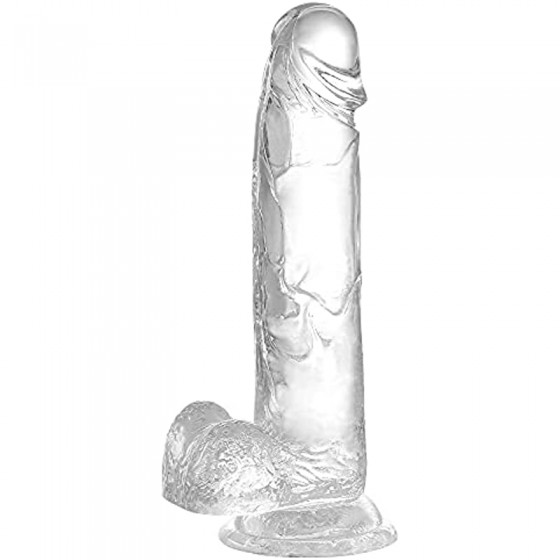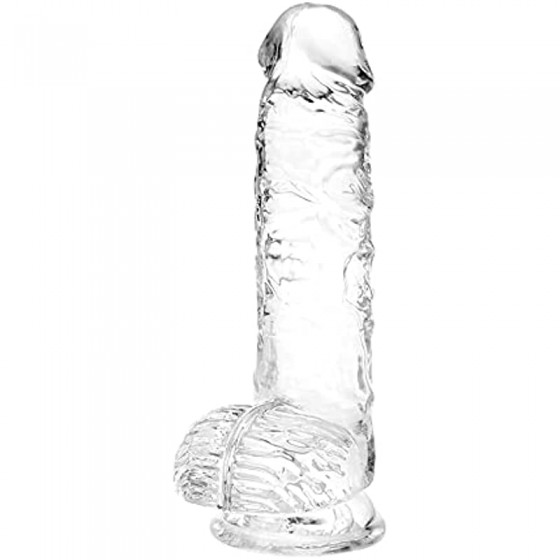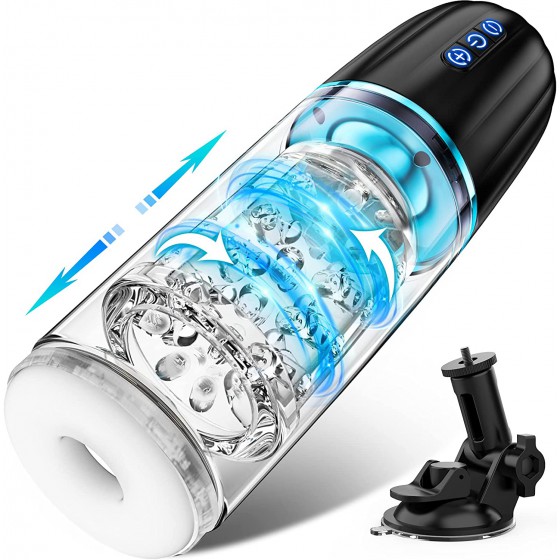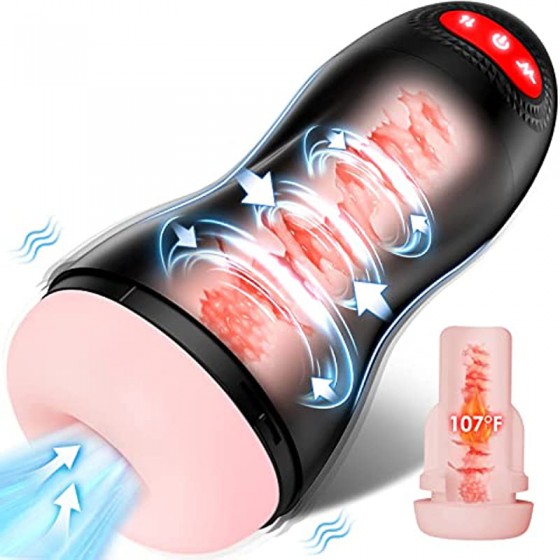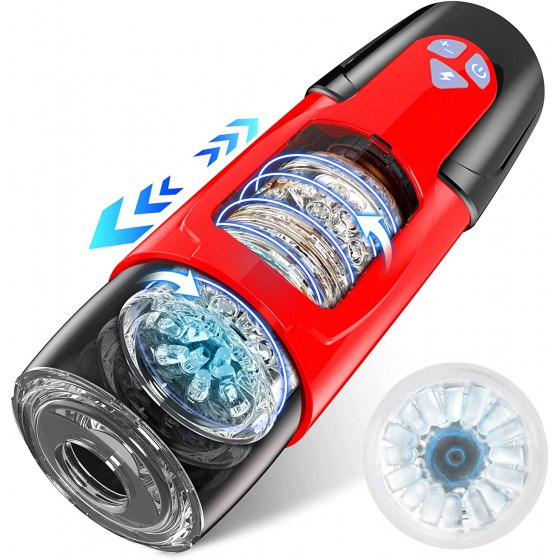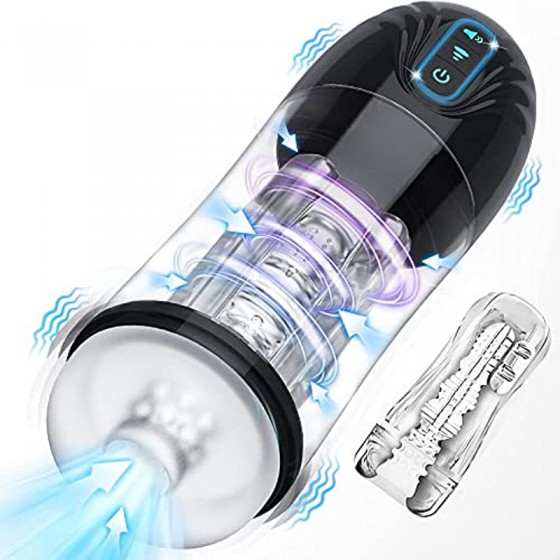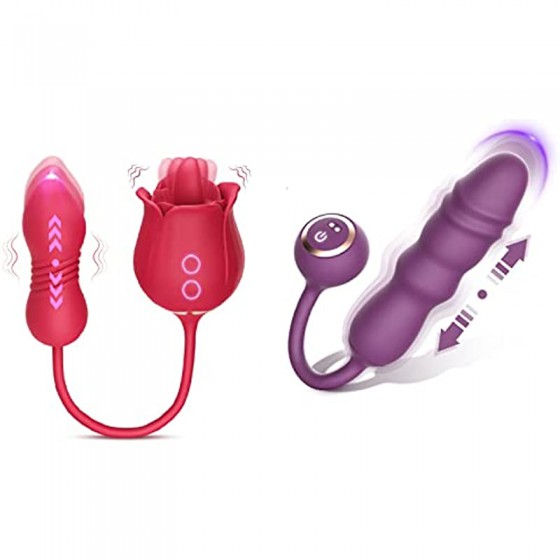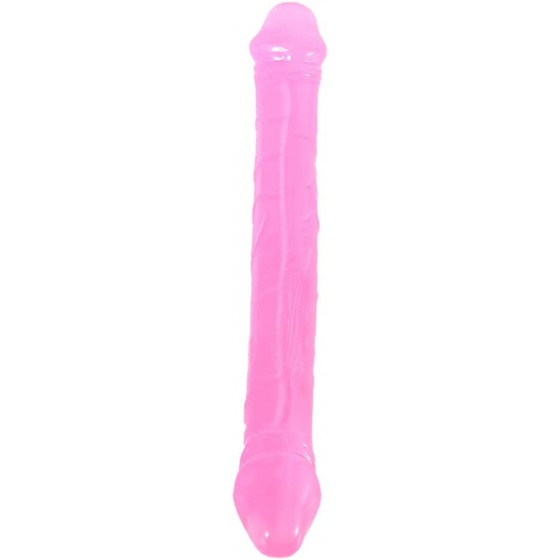Is inverted nipple breast cancer? What are the early symptoms of breast cancer?
Is inverted nipple breast cancer? Breast cancer and nipple inversion are two different diseases, but the early symptoms of breast cancer can also include nipple inversion. What is the relationship between nipple inversion and breast cancer? Lets come look.
Is inverted nipple breast cancer
Nipple inversion is a common female breast deformity in which one or both nipples retract below the breast skin. Breast cancer is a malignant tumor of skin and breast duct epithelial cells. Breast cancer and nipple inversion are two different diseases, but there are also patients with nipple inversion combined with breast cancer.
Experts suggest that mothers with inverted nipples should pay special attention to the health of their nipples after delivery. For those with mild inverted nipples, increase the number of times the baby sucks, and pay attention to cleaning after breastfeeding to prevent infection. Once nipple redness and swelling occur, you should go to the hospital for diagnosis and treatment in time to prevent the formation of mastitis.
Early symptoms of breast cancer
1. "eczema" on the breast
Eczematous breast cancer is a special type of breast cancer. The symptoms are very similar to eczema. Redness, itching, and dandruff will appear near the nipple and areola. Patients can easily be confused by the symptoms and delay treatment. Breast eczema is more common in young women, especially lactating women. Once a woman finds long-term non-healing eczema around her nipples and areola, she should undergo a biopsy in time to rule out the possibility of breast eczema-like cancer.
2. Breast hyperplasia lasts for a long time
Although the cancer rate of breast hyperplasia is not high, its changes cannot be ignored. Simple breast hyperplasia turns into cystic hyperplasia after long-term development. This atypical hyperplasia is also called "precancerous lesion". However, this "precancerous lesion" can be intervened and controlled. For patients with breast hyperplasia, if the breast hyperplasia lasts for a long time and the hyperplasia nodules are many and obvious, and women aged 40-60 are mostly in the high-incidence period of cancer, they should be more vigilant and achieve "early prevention, early detection, and early treatment."
3. Nipples are inverted for no reason
If the cancer tissue invades the supporting tissue of the nipple, the supporting tissue will contract and cause the nipple to retract. Therefore, if a woman finds that the nipple gradually retracts and cannot return to its normal position, and is accompanied by breast lumps, she should Be on high alert for breast cancer. Of course, some women will say that my breasts are naturally sunken. How can I detect this? In fact, the latter can often be pulled out by hand and has no fixed phenomenon.
4. Breast skin looks like “pig skin”
Normal breast skin should be smooth around the breast. If you find many dot-like depressions near the breast skin, which look like orange peel or pig skin, you should pay more attention. This is because the cancer tissue has invaded the subcutaneous lymphatic network, causing lymphatic drainage disorders in the skin. The "pig skin" phenomenon is caused by the formation of many enlarged point-like pores in the skin hair follicles. Experts say that pig skin and orange peel phenomena are often manifestations of late-stage breast cancer. However, in fact, orange peel phenomena may also occur when the breasts suffer from acute inflammation. Once patients find abnormalities in the breast epidermis, it is recommended to go to the hospital for examination in time.
5. Breast color becomes darker
The color of the areola is related to the hormone level of the female body. The darkening of the female areola is generally due to cell aging and estrogen secretion, which leads to the precipitation of melanin in the nipple epidermal tissue. This is a normal phenomenon. However, the color of the skin near the nipples and areola of some women changes from light red to dark red, accompanied by skin edema, thickening, and increased surface temperature. If the breasts enlarge rapidly within a few weeks, you need to be alert to the possibility of inflammatory breast cancer.
6. Nipple discharge
Nipple discharge is uncommon and may be a symptom of breast disease. If a non-lactating woman finds milky, watery, purulent fluid overflowing from one nipple, or even bloody fluid overflowing, she has a higher chance of developing breast cancer. Discharge is generally colorless and transparent, occasionally sticky, leaves no trace, and can be bright red, coffee, light yellow, brown, etc. If women over 50 years old find blood-colored liquid overflowing from their nipples, more than 60% of them are breast cancer patients.
What should I do if my nipples are inverted?
1. Manual traction: squeeze the nipple out of the skin by yourself, pinch the nipple horizontally or vertically with the thumb and index finger, and pull the nipple outward continuously or intermittently for about thirty minutes each time, alternating the nipples on both sides. 3-5 times a day. Instrumental traction: that is, using a manual or electric breast pump to suck out the nipple using the principle of negative pressure, and also sucking and pulling the nipple continuously or intermittently for 30 minutes each time, alternating both sides, 3-5 times a day. The above two correction methods can achieve better results after two months.
2. Surgical correction: Irreversible nipple inversion, that is, severe nipple inversion, can only be corrected through surgery. The surgery is to completely release and stretch the inverted muscle fiber bundles, and fill the surrounding tissue under the nipple to enhance the support of the nipple, make the nipple bulge and reshape it. Surgery is generally performed under local anesthesia. There are various surgical techniques, which can be selected purposefully according to the specific situation. The surgery is all performed within the areola. The surgery is small and will not leave obvious surgical scars. Under normal circumstances, there will be no damage. The sensory nerve of the nipple, so after surgery, it will not hinder the normal feeling of the nipple. Surgery generally does not damage the breast ducts, so it will not cause breastfeeding problems.






